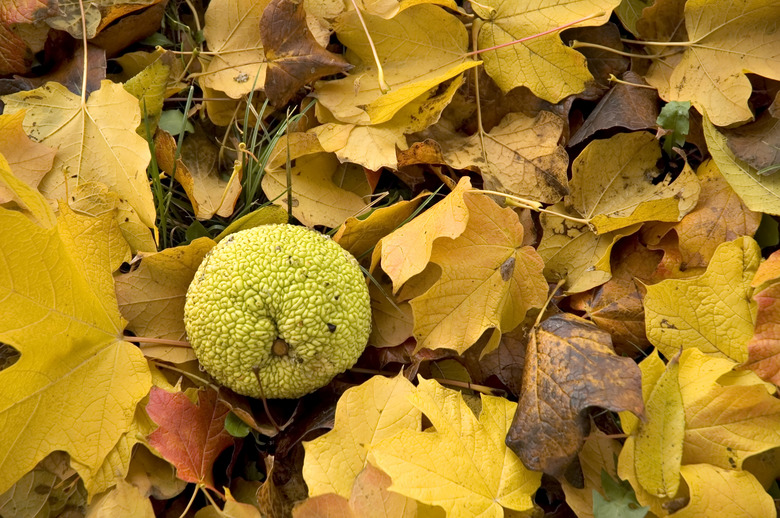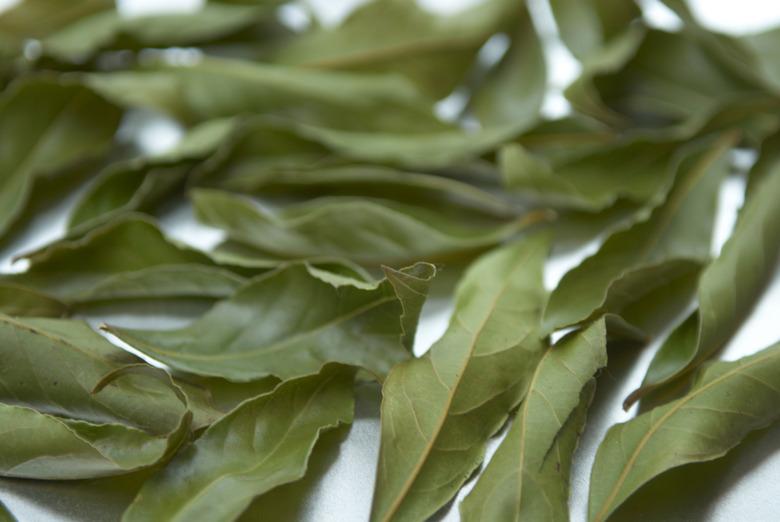Plants & Flowers That Repel Roaches
When it comes to controlling the German cockroach, the statement about getting to know the enemy is never more important. So learn what it likes to eat, where it wants to live and how fast it reproduces. They eat anything, they live in dark spaces and they reproduce faster than you want. All roaches are difficult to control, especially if you live in an apartment. Old wives' tales suggest that some plants and flowers can be effective in repelling roaches, but this advice comes with the additional advice of integrating it with a complex assortment of strategies.
Catnip, Unless You Have a Cat
The herbs used to scare away vampires in movies won't work for roaches. In a 1999 "Science Daily" article, however, researchers confirmed that certain traditions, such as sprinkling fresh catnip (Nepeta cataria) and spraying catnip oils or catnip tea in the areas of infestation, repel roaches. Catnip grows well outdoors in U.S.Department of Agriculture plant hardiness zones 3 and 4; it grows indoors as well, but keep it away from your cats. This old remedy doesn't kill them but can help control them when pesticides can't be used. Reconsider using catnip methods if you have a cat — it could drive your cat up the walls.
Osage Orange Fruits
Whole fruits from Osage orange trees (Maclura pomifera) have been recommended through old wives' tales, and the 1999 "Science Daily" article supports them as a repellent. Osage orange trees can be found in USDA zones 5a to 9a. A concentrated extract of the oils from the Osage orange tree, also called hedgeapple, was painted on walls and later observed as blocking the paths of roaches. The fruit resembles large citrus fruits in size and shape, except these are solid with bumpy, green surfaces. Sap seeping from them can be irritating upon contact. Extracting the oils from these is also challenging. Old wives' tales recommend placing whole fruits in areas where roaches have been sighted.
Best Control – Uninvite and Clean Before They Party
Limit roach access to your residence, seal all entry points and examine all packages before carrying them inside. Store food in tightly sealed containers and clean up all food debris — from countertops, tables and floors. Make this a daily ritual.
Place glue traps in areas where you observe roach droppings and seal those locations. Areas with high concentrations of roach droppings and tracks are ideal locations for placing catnip or experimenting with the Osage orange. Integrated pest management strategies combine good sanitation with exclusion when battling this invasive pest. Never stack newspapers and boxes in areas with infestations since those materials provide cover.
Bay Leaf and Chrysanthemum
Little proof exists to support the use of the tropical herb bay leaf in repelling roaches. They repel pantry insects such as weevils, and they might deter ants but not roaches. Extracts and dried powders from Chrysanthemum cinerariaefolium, also called Dalmatian chrysanthemum, are used to create a pyrethroid compound for controlling roaches. This might paralyze roaches, but the processing is considered too complicated to be a home remedy. Most pyrethroid plants are grown in tropical regions, specifically Kenya.
References
- Beyond Pesticides: Pyrethroids/Pyrethrins
- Science Daily: Study Finds Same Catnip Extract That Attracts Cats Also Repels German Cockroaches
- University of California Integrated Pest Management Program: Cockroaches
- University of Florida IFAS Extension: Maclura Pomifera: Osage-Orange
- Texas A&M Agrilife Extension Landscape IPM: Botanical Insecticides




